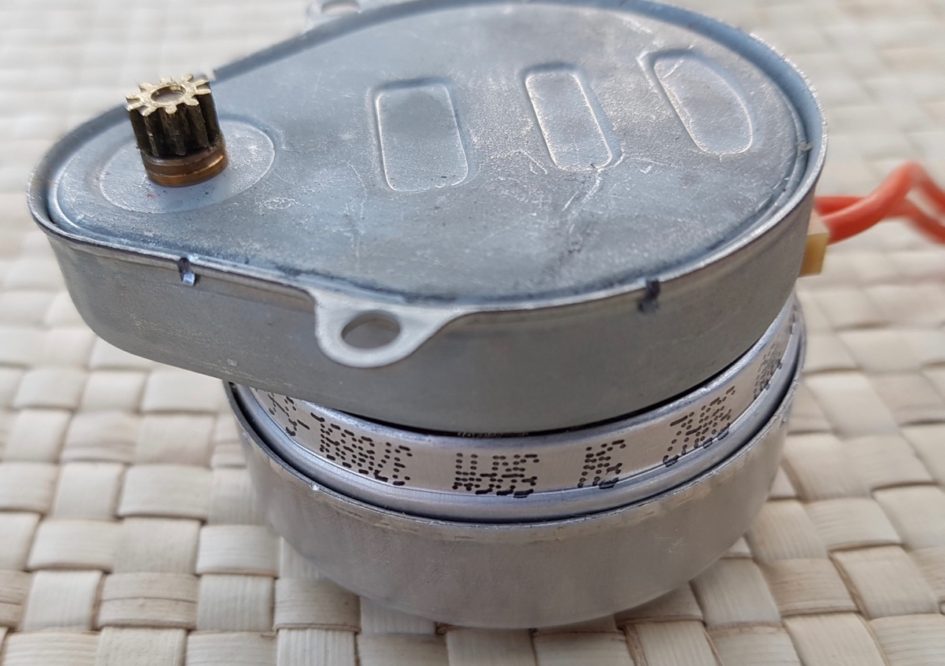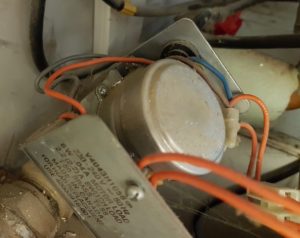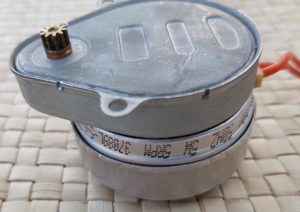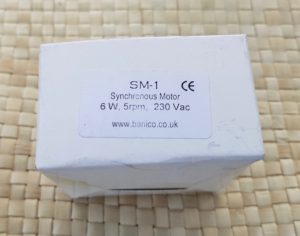Is your central heating running when only the hot water should be heating? If so and you have motorised valves this may solve your problem!
Retro radio usually blogs about radio valves rather than the sort that control water. But over the years I’ve had several common faults with motorised valves that control the hot water and central heating. There are several good forums that describe various plumbing problems – the trouble is identifying what’s wrong.
Obviously anything to do with the gas supply needs expert assistance so call a registered plumber! Electrical issues that don’t require rewiring, just replacement of faulty components should be within the DIYers remit but as ever
don’t attempt to work on any electrical devices without switching off the mains supply first!
The faults –
Central heating runs with radiators hot when only hot water should be heating – this was an odd fault as the central heating appeared to function normally when the room thermostat was set higher the boiler switched on so the motorised valve was functioning. The problem became obvious during spring when the boiler was just supposed to be heating the hot water and room temperature was warm so no need for radiators being on.
As the radiators were hot the motorised valve controlling the CH must be open so I switched off the power to the central heating system and removed the metal shield from the valve. Inside there’s a round synchronous motor connected with two orange wires. There’s a manual level on the side of the valve to open it if the motor fails. You can check the synchro motor turns by pushing the level up until it engages in a slot. If you let it go the springs pull the lever back and closes the valve.
- Motorised valve with shield removed
- Synchro motor removed
- Replacement synchro motor
In my case releasing the lever did not fully close the valve so I removed the top screw attaching the synchro motor and rotated the housing so the lug (see middle photo) disengages from the slot and the motor can be lifted free. As soon as the cog wheel was removed the springs pulled the valve closed so the motor must have been the problem. It turned under power to open the valve but would not spin back allowing it to close.
Replacing the synchronous motor (Screwfix Drayton Synchronous Motor) fixed the problem and we had cold radiators and hot water again.
Some other faults also existed just to complicate!
Boiler keeps running, heating hot water – the boiler was cycling on / off / on / off getting the hot water very hot. The hot water tank thermostat was sticky and not switching off when tank up to temperature. My tank was fitted with a Drayton cylinder thermostat so was a simple change.
No hot water or radiators cold – the boiler does not heat but the pump runs. This can be caused by a faulty programmer (see below) or a motorised valve synchro motor that has burnt out. Switching power to CH off and removing the metal shield can help identify if the motor is faulty. Depending on your central heating wiring, the thermostats usually provide power to the motorised valves. When CH is switched back on and the thermostat turned up to call for heat you can observe if the motor operates in the valve by seeing if the springs extend or micro switch operate.
Alternatively with the motor disconnected you can measure the resistance – if it’s not around 2800Ω it’s probably burnt out and needs replacing. At around £18 a replacement motor is a lot cheaper and easier to change than the complete motorised valve.
Potterton EP2 Programmer faults – I’ve quite a collection of Potterton EP2002, EP6002 and the later EP2 that seem to fail every few years. Programmer faults include – boiler heats water although thermostats are not calling for heat. This fault affects either the hot water or the central heating radiator or both! If the thermostats and valves are functioning correctly (see above) but the boiler is not switching off it’s likely to be a programmer fault.
The older EP2002 relays and slide switches seem to go faulty and due to urgency of no hot water / central heating I go and buy a replacement. At £70/£80 a pop it’s not ideal but is a quick fix. The backplate wiring is the same so it’s easy to switch off insert the blade of a large screwdriver underneath and rotate up to remove the faulty control unit.
If you have the EP2 it’s worth trying the reset function – there’s a small hole with a switch that can be depressed using the tip of a pen. Need to reprogram the on/off times but you may find it fixes the continuous on fault. My EP2 needed resetting after a series of short power cuts that appeared to get it stuck in a wrong state.
The later programmers have a 3v backup battery (CR 2032) that is worth replacing if the clock time has to be reset after a short power cut.




Leave a Reply